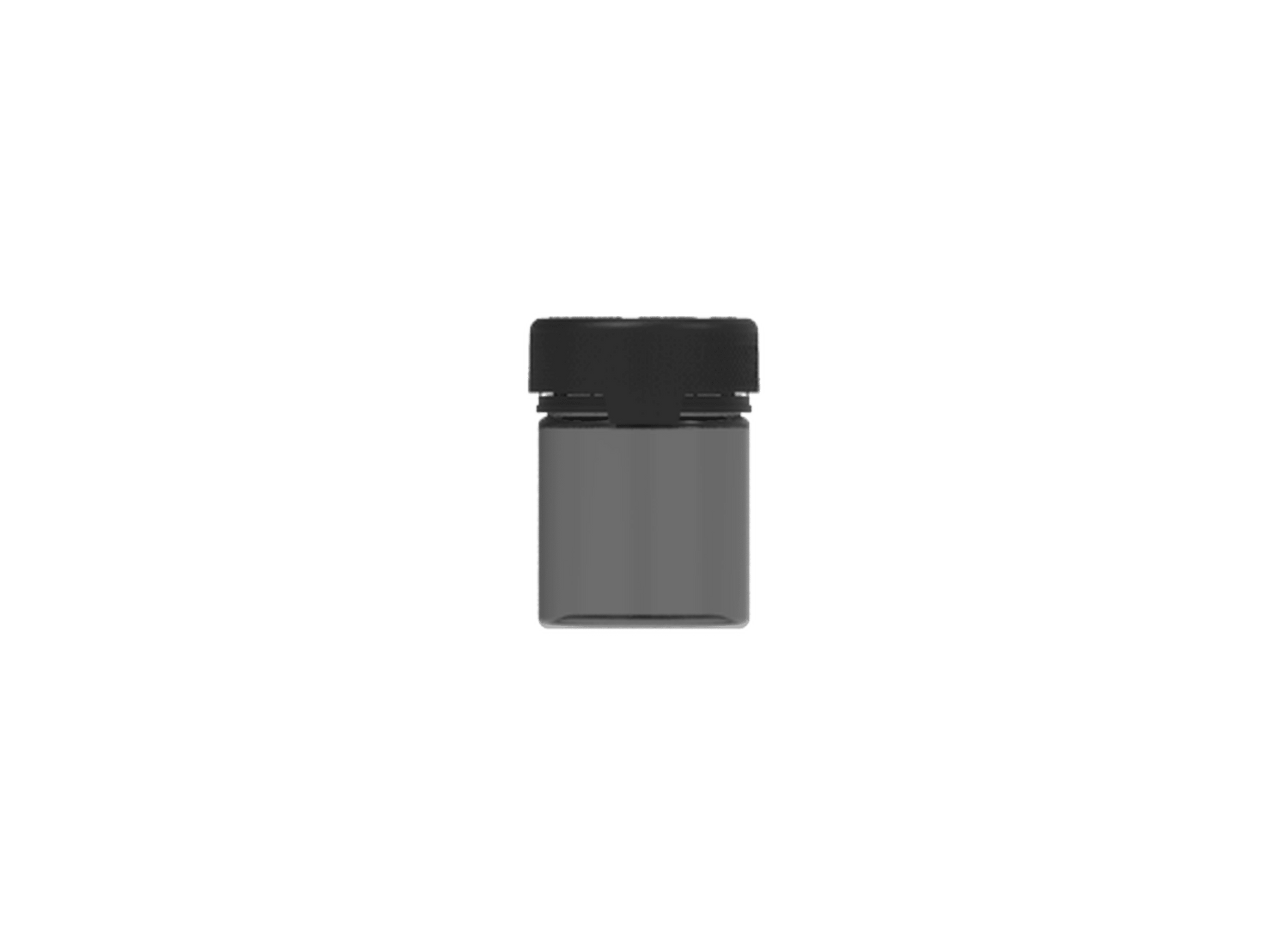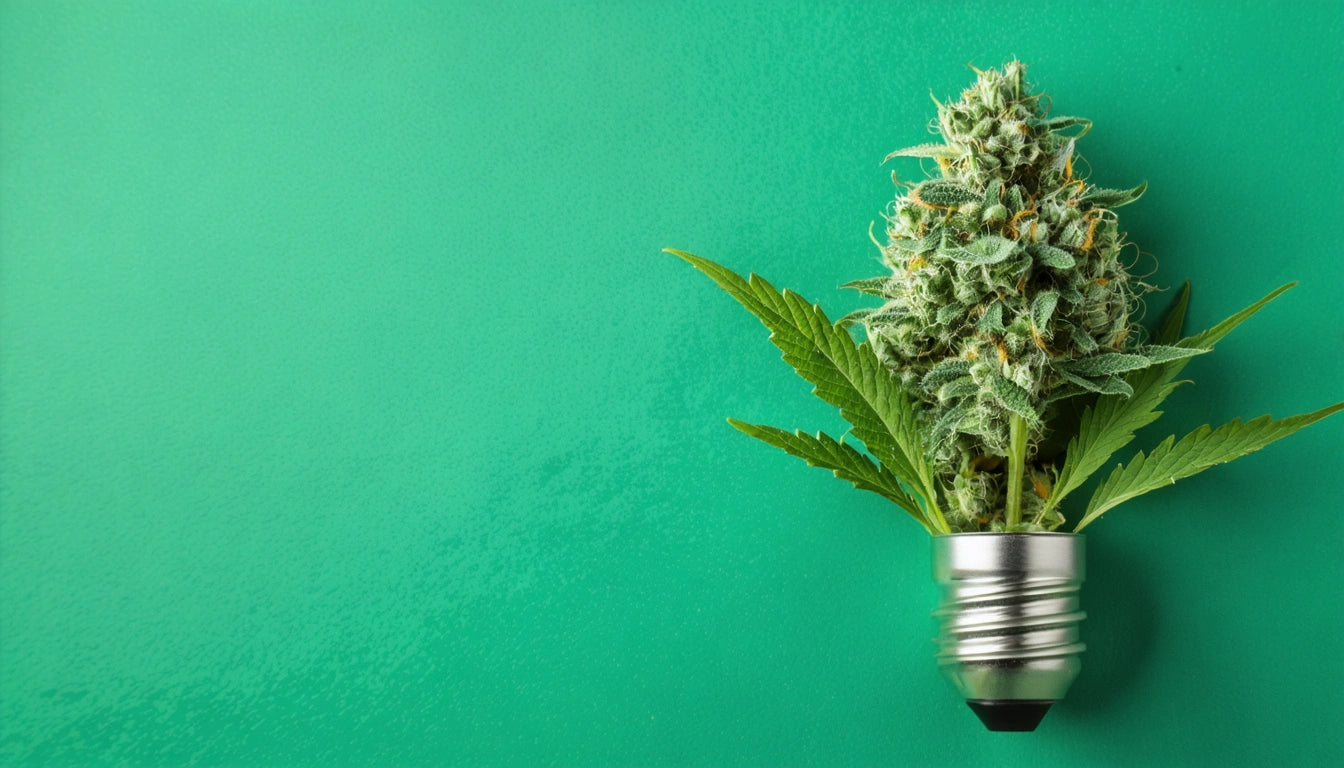Table of Contents
- Composition and Materials: What Makes Up Boveda Packs
- Lifecycle Analysis of Boveda Humidity Control Products
- Disposal Options and End-of-Life Considerations
- Comparison to Alternative Humidity Control Methods
- Boveda's Sustainability Initiatives and Future Direction
- Environmental Best Practices for Cannabis Businesses
The Environmental Impact of Boveda Packs: Sustainability Analysis
As cannabis packaging evolves, the environmental footprint of preservation products like Boveda packs deserves careful consideration. These humidity control solutions have become industry standards for maintaining product freshness, but their environmental impact extends beyond their primary function. This analysis examines the full lifecycle of Boveda packs from production to disposal.
Composition and Materials: What Makes Up Boveda Packs
Boveda packs consist of three main components: a semipermeable paper membrane, a water-based salt solution, and a food-grade outer wrapper. According to research on Boveda's two-way humidity control, the internal solution contains purified water and natural salt compounds.
The outer packaging is made from food-grade materials that meet FDA standards, as confirmed in this food safety assessment. While these materials aren't biodegradable in the traditional sense, they avoid petroleum-based plastics found in some competing products.
Lifecycle Analysis of Boveda Humidity Control Products
The environmental impact of Boveda packs can be assessed across several stages:
- Manufacturing: Production requires water, salts, paper, and packaging materials. The manufacturing process is relatively low-energy compared to plastic production.
- Distribution: Boveda packs are lightweight, reducing transportation emissions compared to heavier humidity control systems.
- Usage: The typical lifespan ranges from 2-9 months depending on storage conditions, as detailed in this lifespan analysis.
- Disposal: Once hardened, packs are typically discarded in regular waste streams.
The extended lifespan of these products contributes positively to their overall environmental assessment, particularly when compared to products requiring frequent replacement.
Disposal Options and End-of-Life Considerations
When Boveda packs reach the end of their useful life, indicated by hardening of the internal solution, disposal options include:
Standard waste disposal is currently the most common method, as the packs are not recyclable through conventional municipal programs. However, creative repurposing options exist for expired packs, including use as drawer fresheners or plant pot moisture regulators.
While exploring alternative humidity control solutions with different disposal profiles, it's worth noting that Boveda's longer lifespan may result in fewer total units entering the waste stream compared to more frequently replaced alternatives.
Comparison to Alternative Humidity Control Methods
When evaluating environmental impact, it's important to compare Boveda packs to alternatives:
- DIY Humidity Packs: Often use household items but lack precision and may introduce contaminants.
- Integra Boost: Similar composition but with different performance characteristics, as explored in this side-by-side comparison.
- Reusable Humidity Beads: Longer lifespan but require maintenance and may harbor contaminants over time.
- No Humidity Control: Results in product waste through degradation, which has its own environmental impact.
The environmental cost of cannabis degradation without proper humidity control should be factored into any comparative analysis. When cannabis products degrade prematurely, the resources used in cultivation, processing, and initial packaging are effectively wasted.
Boveda's Sustainability Initiatives and Future Direction
Boveda has begun addressing environmental concerns through several initiatives:
Their focus on product longevity reduces replacement frequency, as detailed in customer FAQs. The company has also explored packaging reductions and bulk purchase options available through wholesale channels.
Future improvements could include:
- Biodegradable outer packaging materials
- Take-back programs for proper disposal
- Carbon offset programs for manufacturing emissions
- Reduced packaging for bulk purchases
Environmental Best Practices for Cannabis Businesses
Cannabis businesses can minimize the environmental impact of humidity control through several strategies:
Proper storage conditions extend Boveda pack lifespan, reducing replacement frequency. As detailed in storage guidelines, keeping unused packs sealed until needed significantly extends their useful life.
Right-sizing humidity control to container volume, as explained in this sizing guide, prevents overuse of resources. For large-scale operations, bulk container solutions may offer better environmental efficiency than multiple small packs.
The environmental impact of Boveda packs must be weighed against their benefits in reducing product waste. By preserving cannabis quality and extending shelf life, these humidity control solutions help prevent the waste of resources invested in cultivation and processing. As the cannabis industry continues to mature, we can expect further innovations in sustainable preservation technology that balance product quality with environmental responsibility.











Leave a comment
All comments are moderated before being published.
This site is protected by hCaptcha and the hCaptcha Privacy Policy and Terms of Service apply.